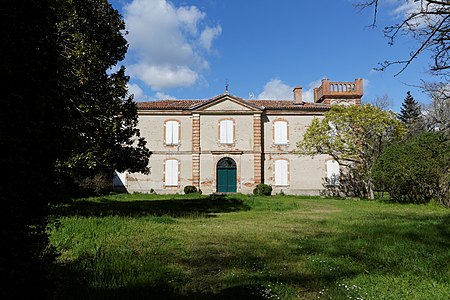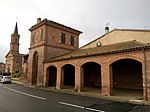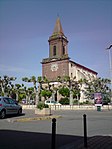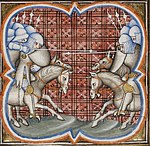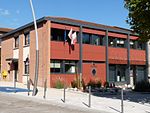The Battle of Muret (Occitan: Batalha de Murèth), fought on 12 September 1213 near Muret, 25 km south of Toulouse, was the last major battle of the Albigensian Crusade and one of the most notable pitched battles of the Middle Ages. Although estimates of the sizes of the respective armies vary considerably even among distinguished modern historians, it is most well known for a small force of French knights and crusaders commanded by Simon de Montfort the Elder defeating a much larger allied army led by King Peter II of Aragon and Count Raymond VI of Toulouse.
Like Hastings and Bouvines, Muret is regarded as one of the most decisive tactical victories of the High Middle Ages and a much more complete victory than the first two. It showed Montfort had no equal as a battlefield commander, having now after his previous exploits defeated, against all odds, a man whose status as a sovereign king, general and crusader matched or exceeded the Frenchman's own reputation. Charles Oman described the battle as the most remarkable triumphs ever won by a force entirely composed of cavalry over an enemy that used both horse and foot.The death of Peter II and the heavy loss of life among the Aragonese nobility had permanent political consequences in the region. The outcome of the battle removed Aragonese influence over the Languedoc and its surrounding provinces and allowed the Crown of France to assert its own control over them, which led to an expansion of the French royal domain further south.
